How to Create a Video in After Effects
Introduction
Are you interested in creating impressive videos using After Effects? Well, you’re in luck! In this blog post, we will provide you with valuable tips and techniques to help you make the most out of After Effects and create professional-looking videos that will captivate your audience.
Step 1: Plan Your Video
Before you jump into the world of After Effects, it’s important to have a clear plan for your video. Think about your goal, target audience, and the message you want to convey. This will guide you throughout the video creation process and help you make informed decisions.
Step 2: Use High-Quality Assets
To ensure a professional look, it’s crucial to use high-quality assets in your videos. Invest in premium stock footage or record your own images, videos, and audio. This will ensure top-notch quality in your projects and make a significant difference in the final output.
Step 3: Create a New Composition
Open After Effects and create a new composition by navigating to Composition > New Composition. Set the parameters according to your project’s requirements, such as resolution, frame rate, and duration.

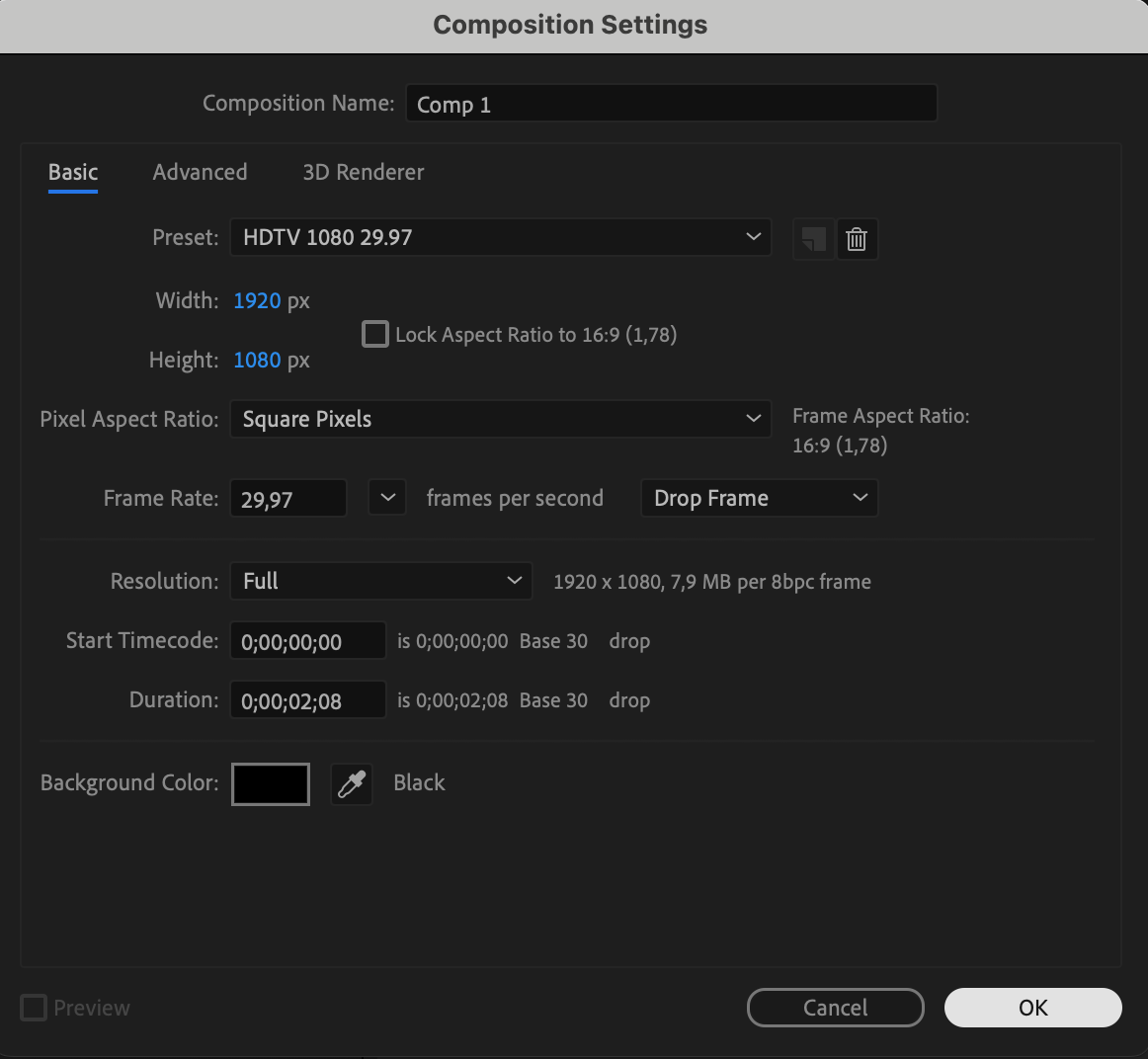 Step 4: Import Your Media
Step 4: Import Your Media
Import your video files into the project panel by going to File > Import > File. To start working with your video, drag it from the project panel to the timeline panel.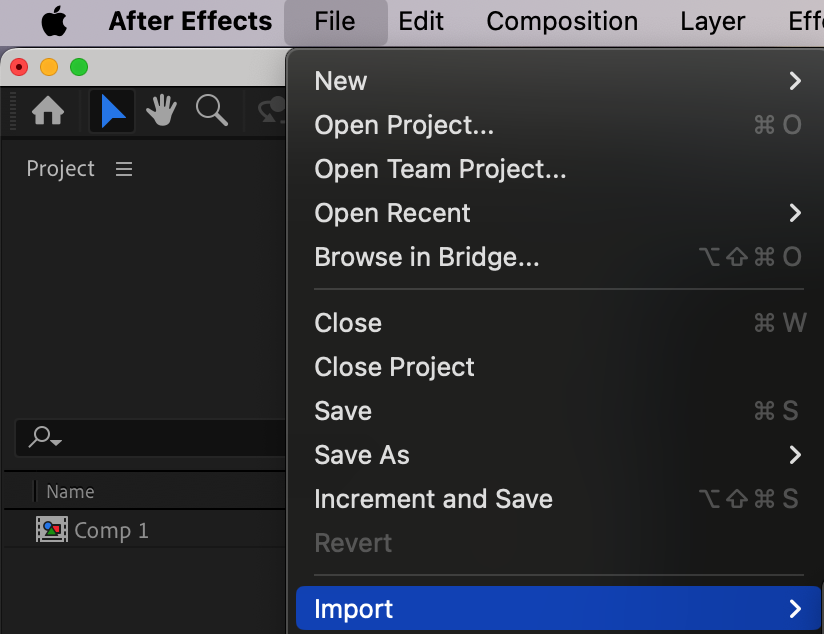
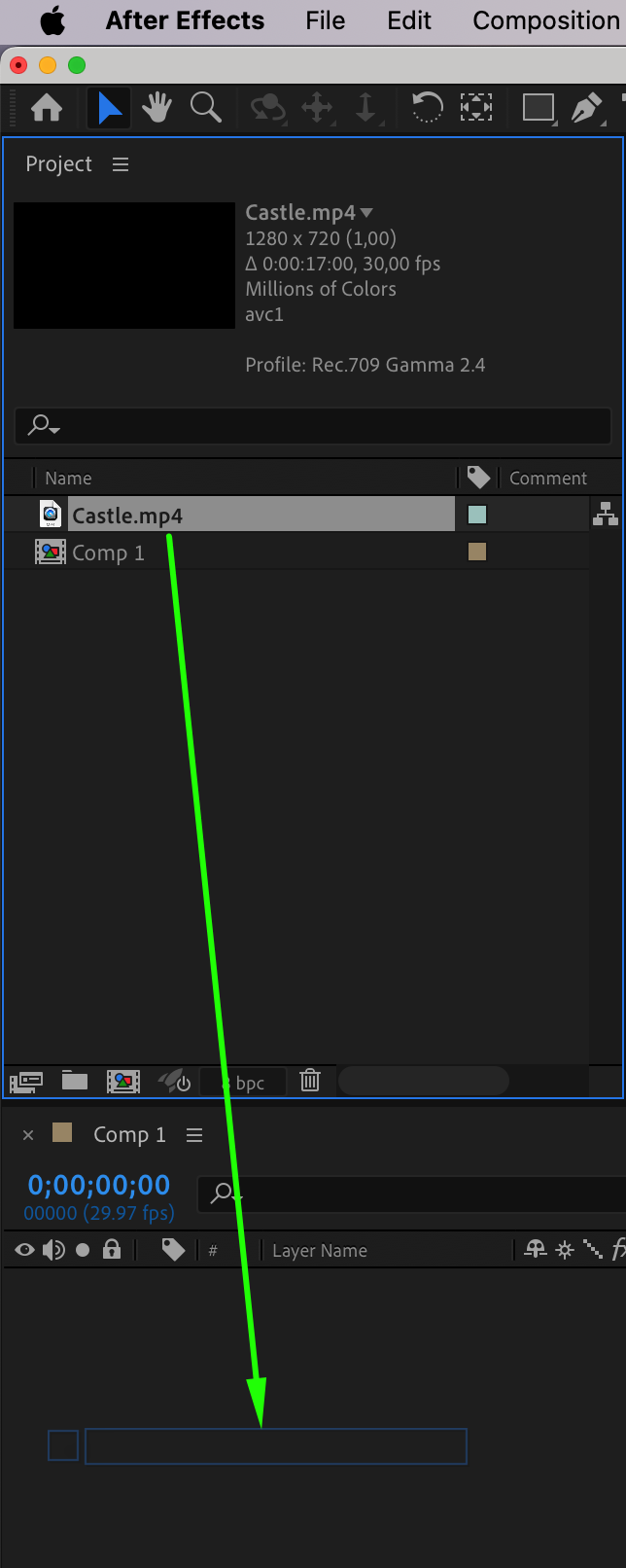 Step 5: Edit and Transform Your Video
Step 5: Edit and Transform Your Video
Get 10% off when you subscribe to our newsletter

Composition plays a crucial role in the overall aesthetics of your video. Use the proportional grid, consider the rule of thirds, and balance your elements accordingly. Expand the layer properties in the timeline panel to access the Transform section and adjust parameters like position, scale, rotation, and opacity.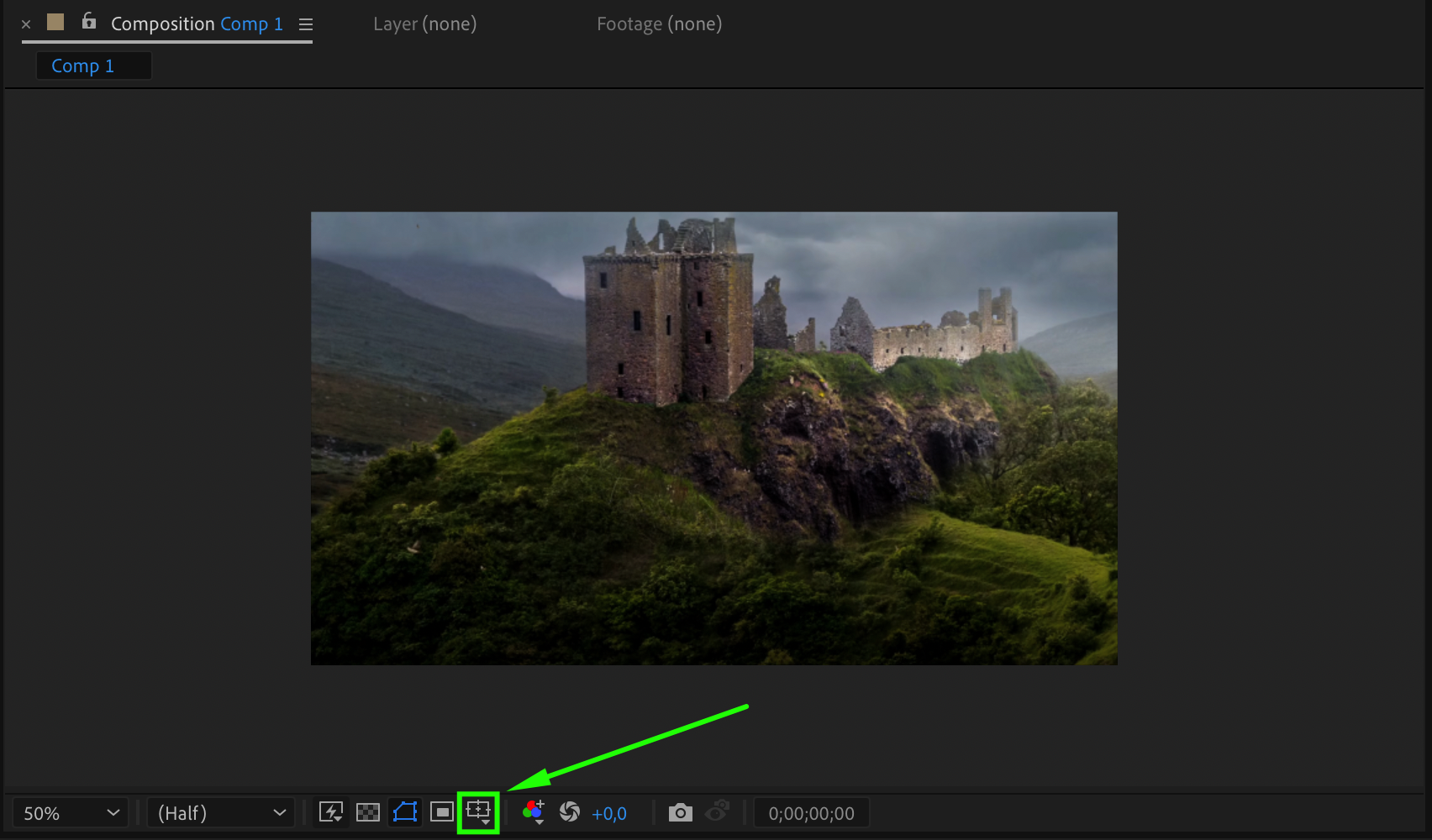
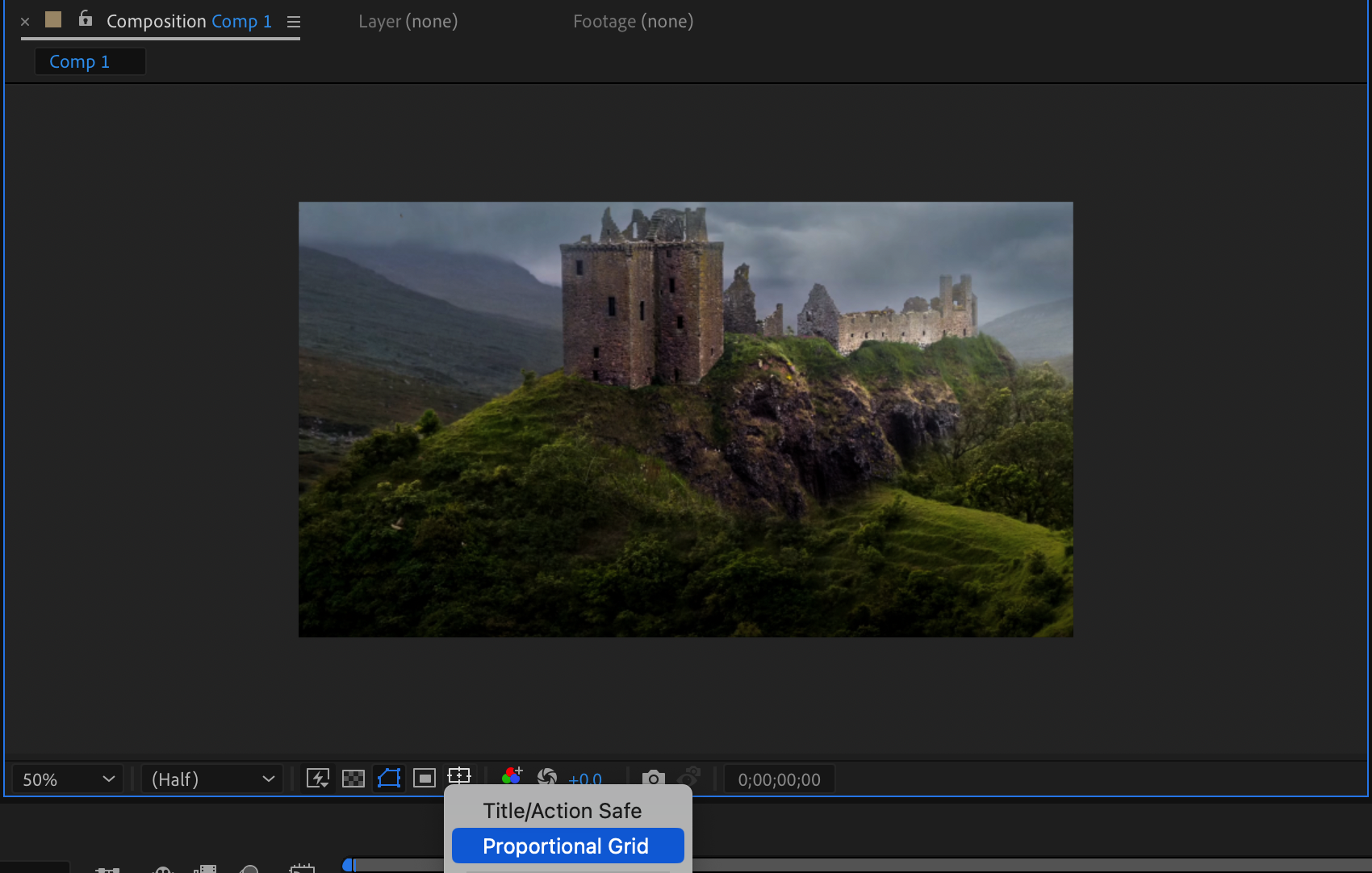
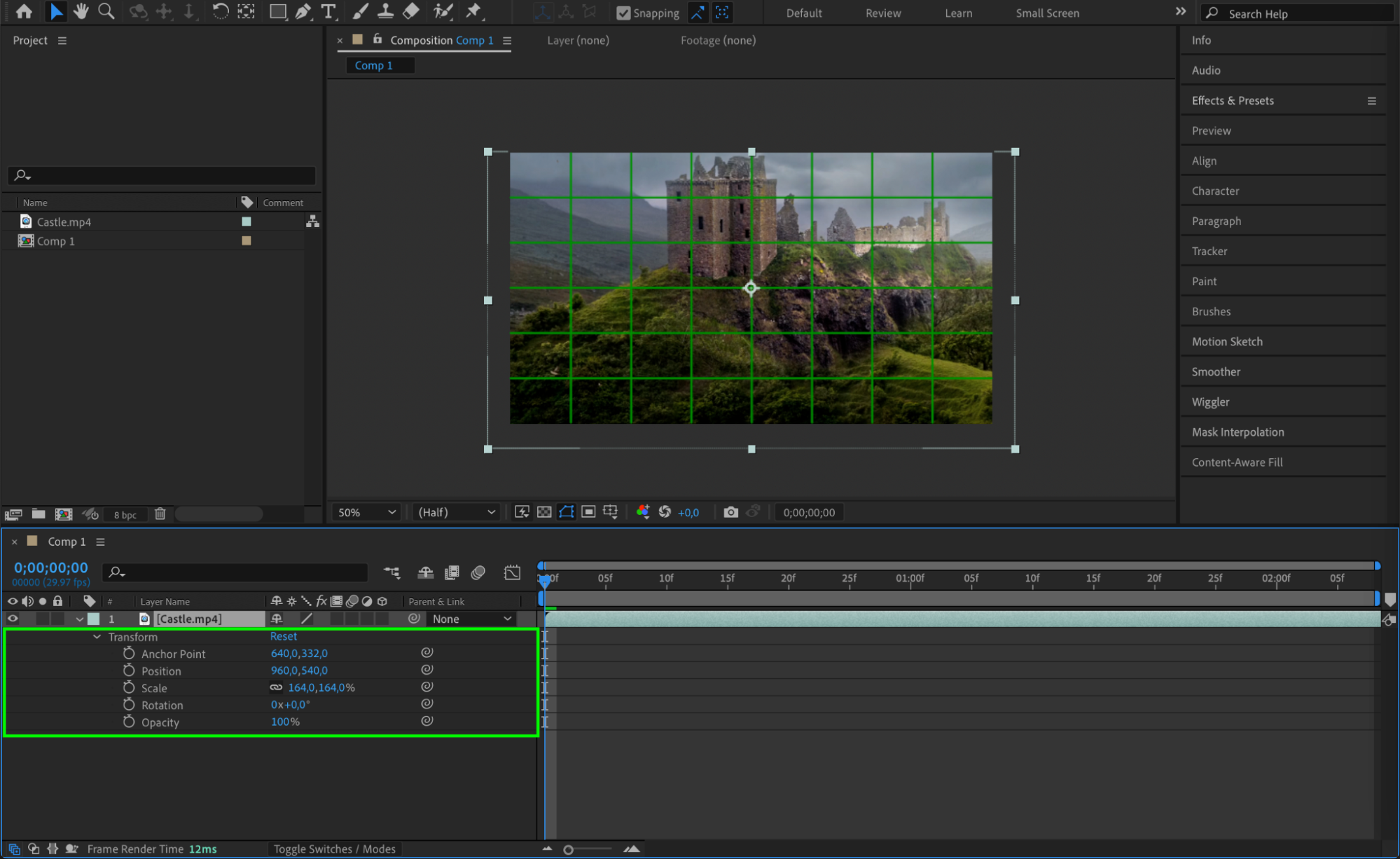
Step 6: Master Keyframes
Mastering keyframes is essential for creating animations and adding movements to your videos. Use the current time indicator (CTI) and the stopwatch icon next to each parameter to create keyframes. Move the CTI forward and change the parameter values to generate smooth animations.

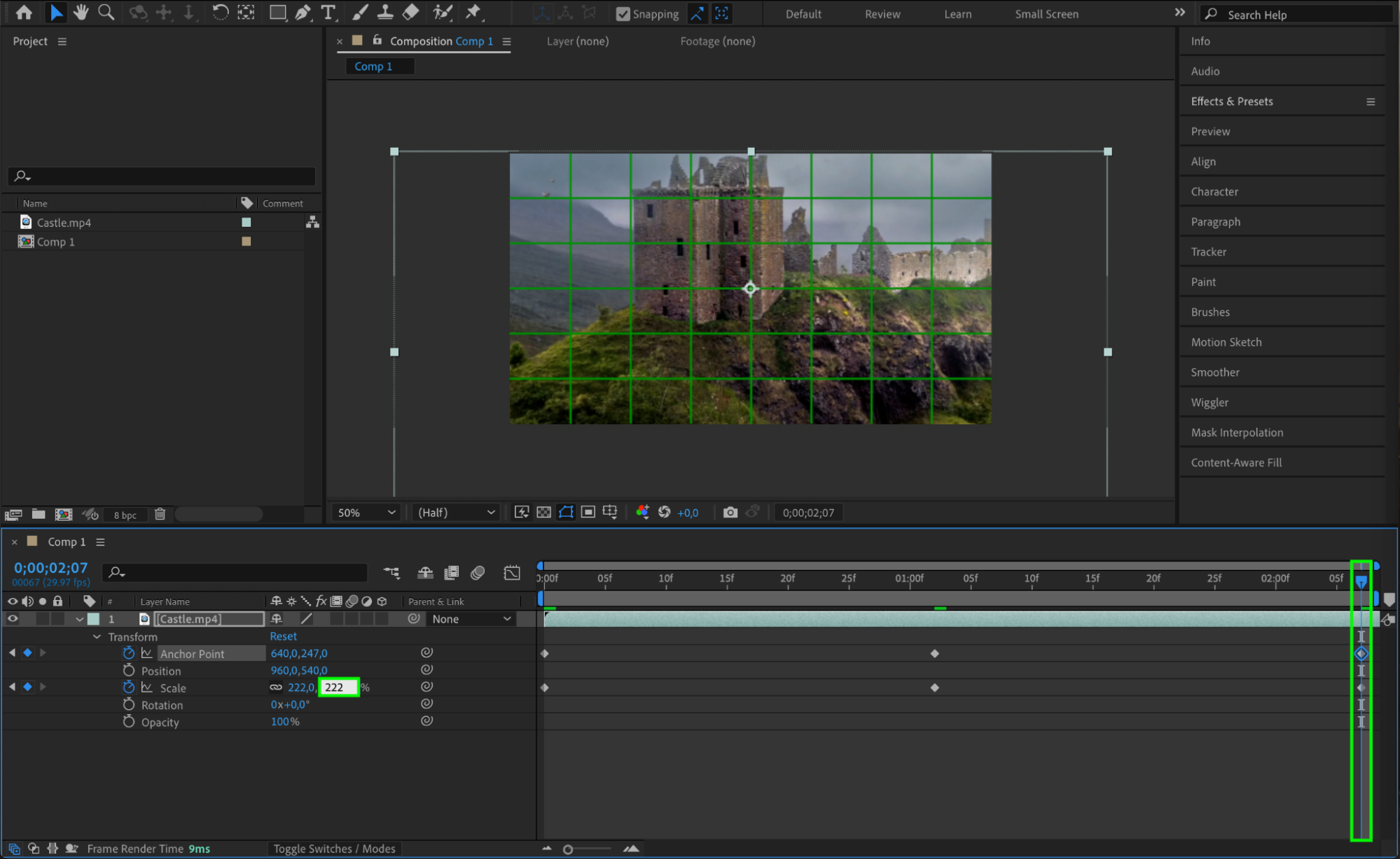 Step 7: Utilize the Graph Editor
Step 7: Utilize the Graph Editor
Take the time to learn how to handle keyframes effectively, control easing, and create smooth transitions using the graph editor. This skill will greatly enhance the visual appeal of your videos by allowing you to fine-tune the timing and pacing of animations.



Step 8: Experiment with Effects and Plugins
Don’t be afraid to experiment with effects and plugins. After Effects offers a wide range of options to add dynamic elements to your video. From color grading to motion blur, the possibilities are endless. Apply effects by dragging them from the Effects & Presets panel to your layer and adjust them in the Effect Controls panel.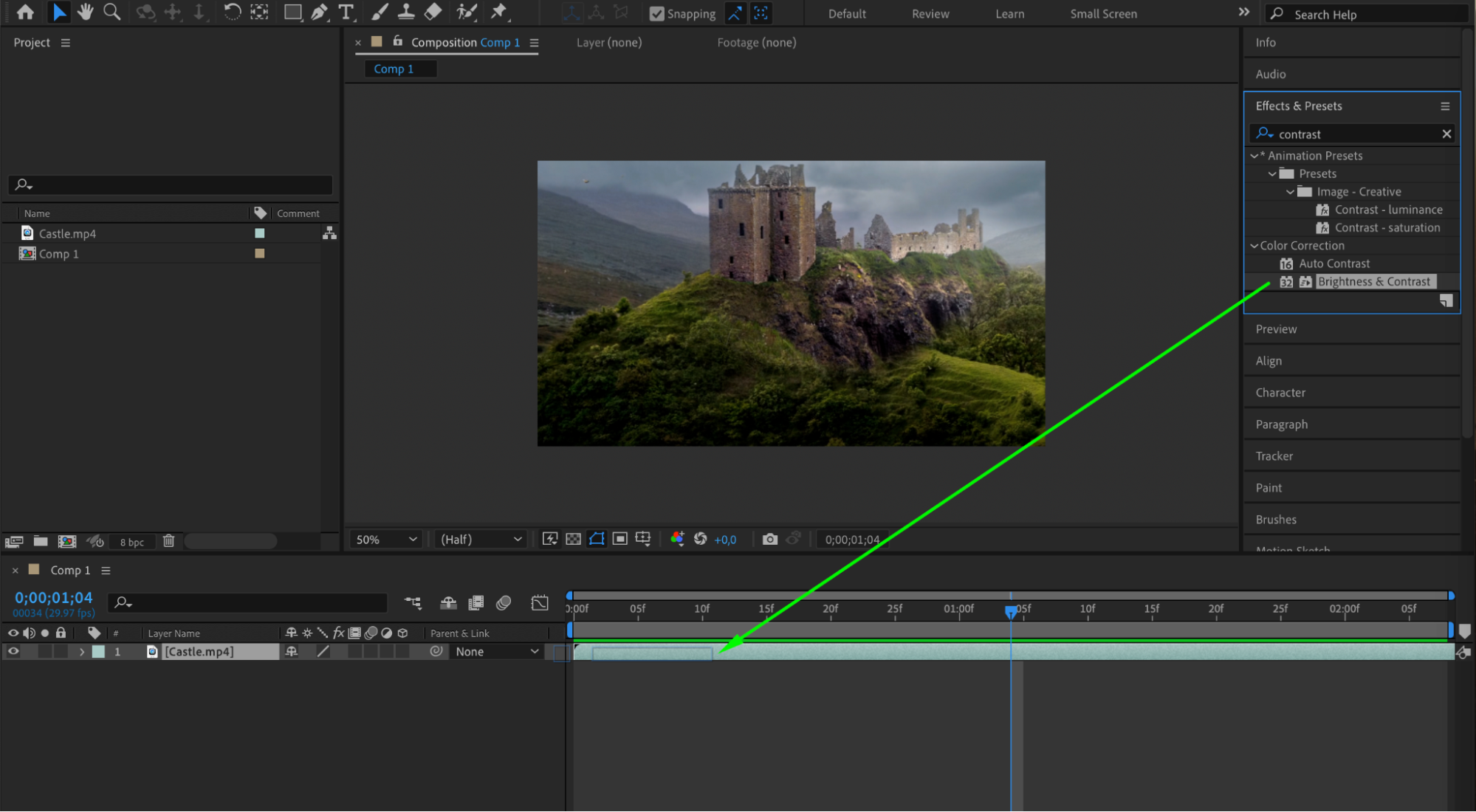
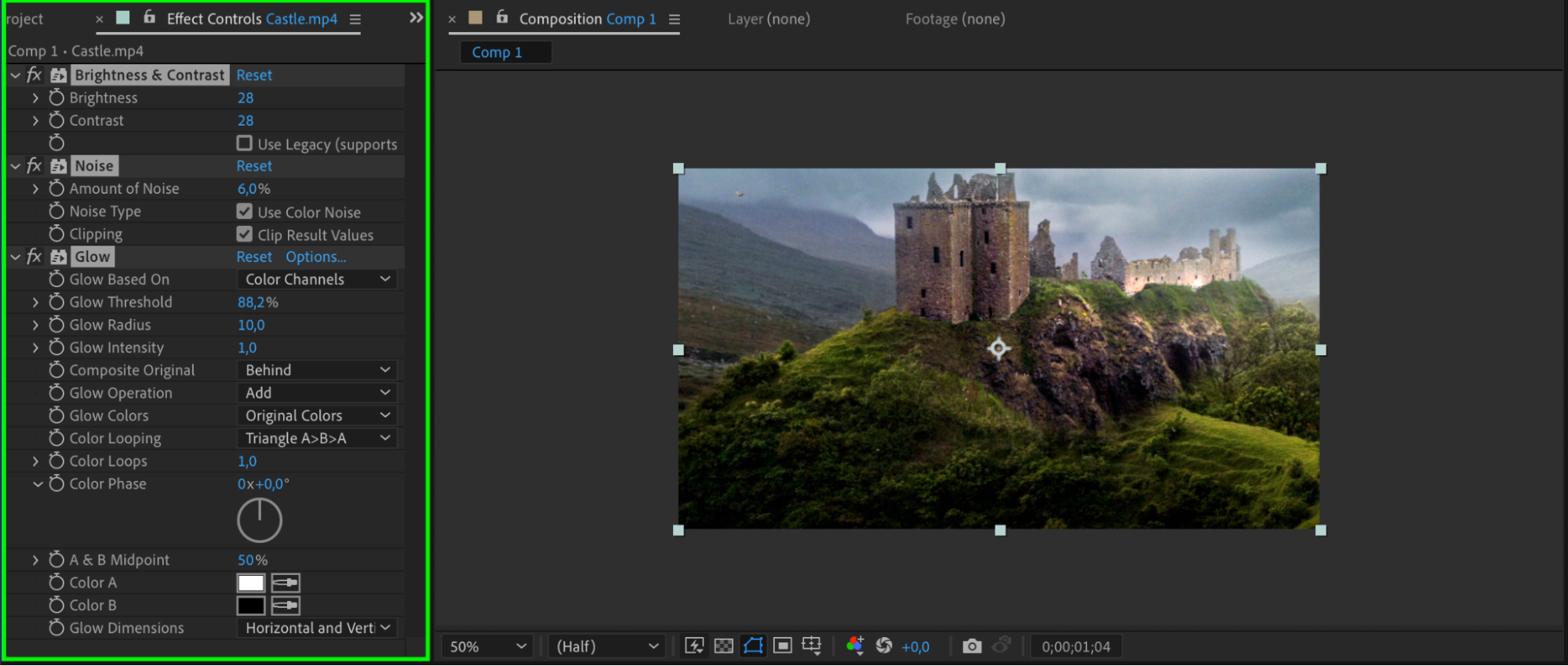 Step 9: Add Text to Your Video
Step 9: Add Text to Your Video
Adding text to your video can help convey your message clearly. Use the Type Tool (Ctrl/Cmd + T) to add text layers to your composition. Once you’ve created your text layer, you can customize it using the Character panel. Adjust the font, size, color, and other text properties to match the style of your video.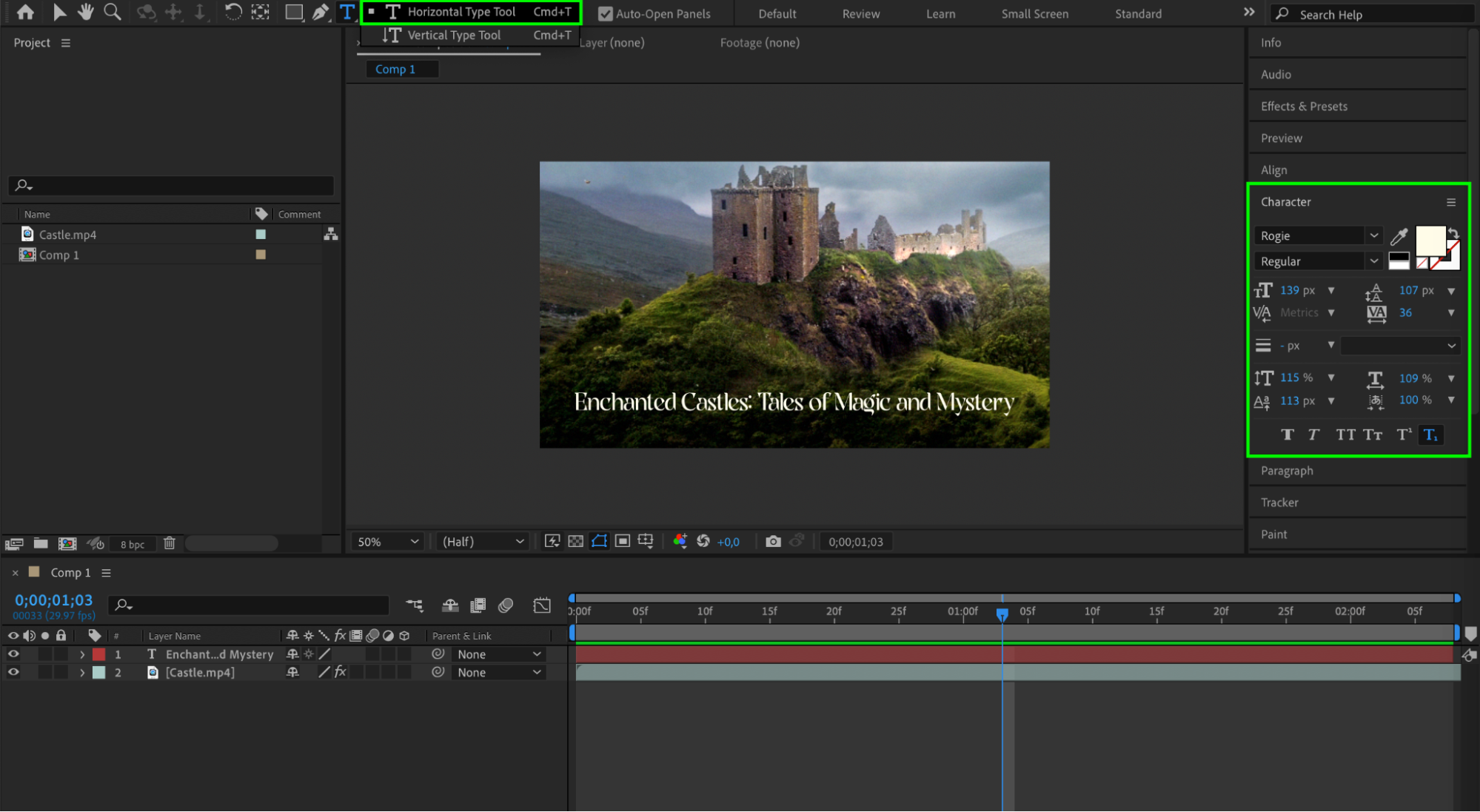 Step 10: Organize Your Project
Step 10: Organize Your Project
To ensure a smooth and efficient workflow, organize your project files. Use precompositions to group related layers and maintain a tidy timeline. This will make your project easier to manage and edit.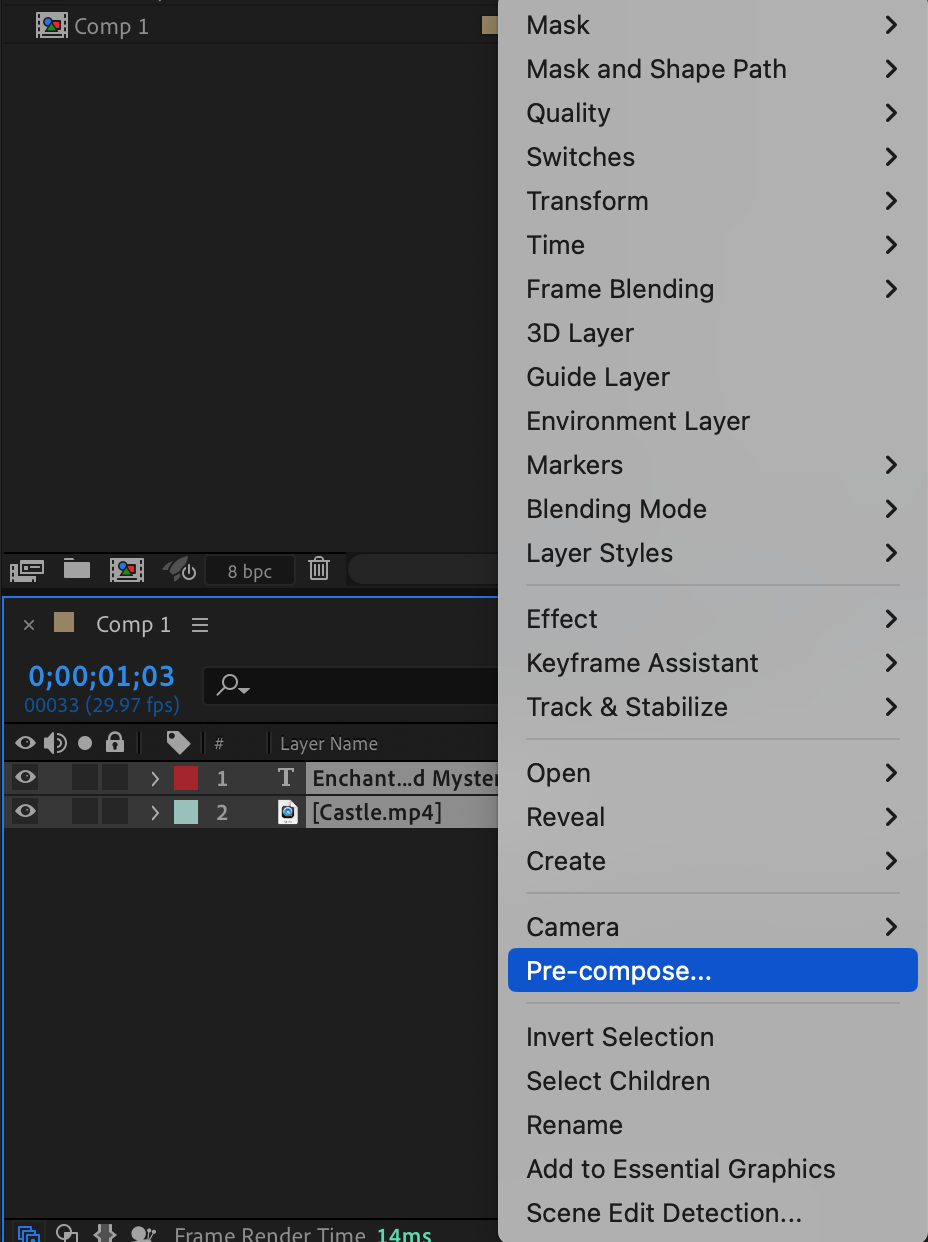
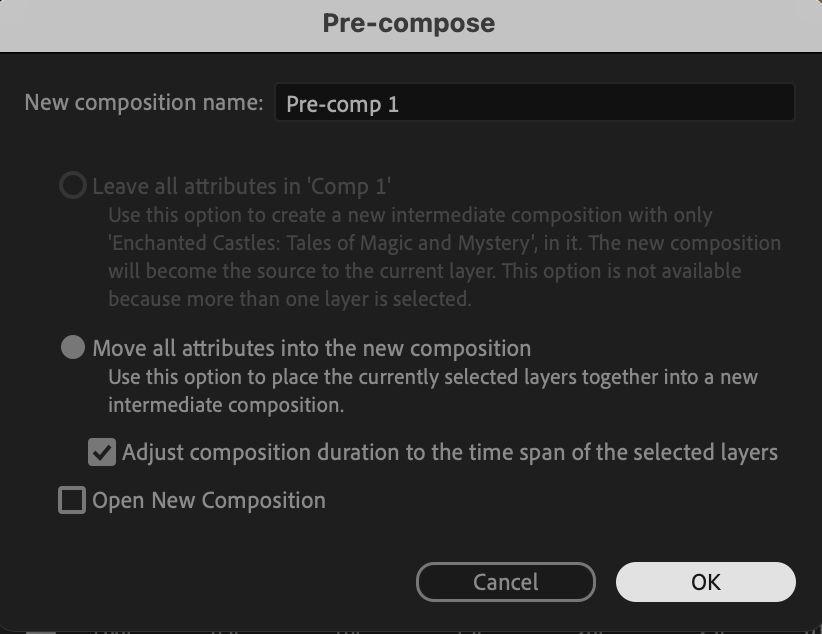

Step 11: Enhance with Sound
Sound is an integral part of any video. Enhance the viewer’s experience by adding appropriate sound effects and background music. Sync the audio with your visuals to create a cohesive and immersive storytelling experience. Adjust audio levels by expanding the layer properties and manipulating the Audio Levels parameter.

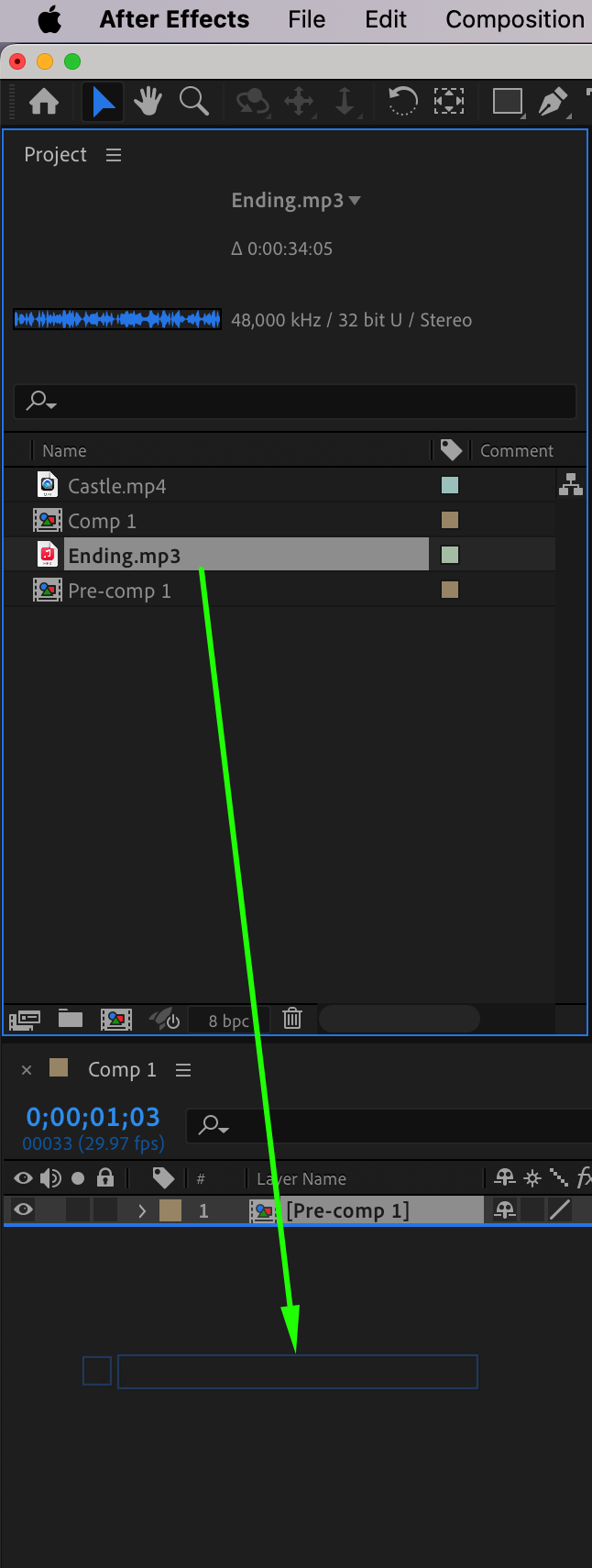

 Step 12: Test and Refine
Step 12: Test and Refine
Once you’ve completed your video, test it on different devices and screens to ensure optimal viewing experience. Make necessary adjustments based on your observations. Consider gathering feedback from others to gain fresh perspectives and make any necessary refinements. Use the shortcut “Spacebar” to preview your composition in After Effects.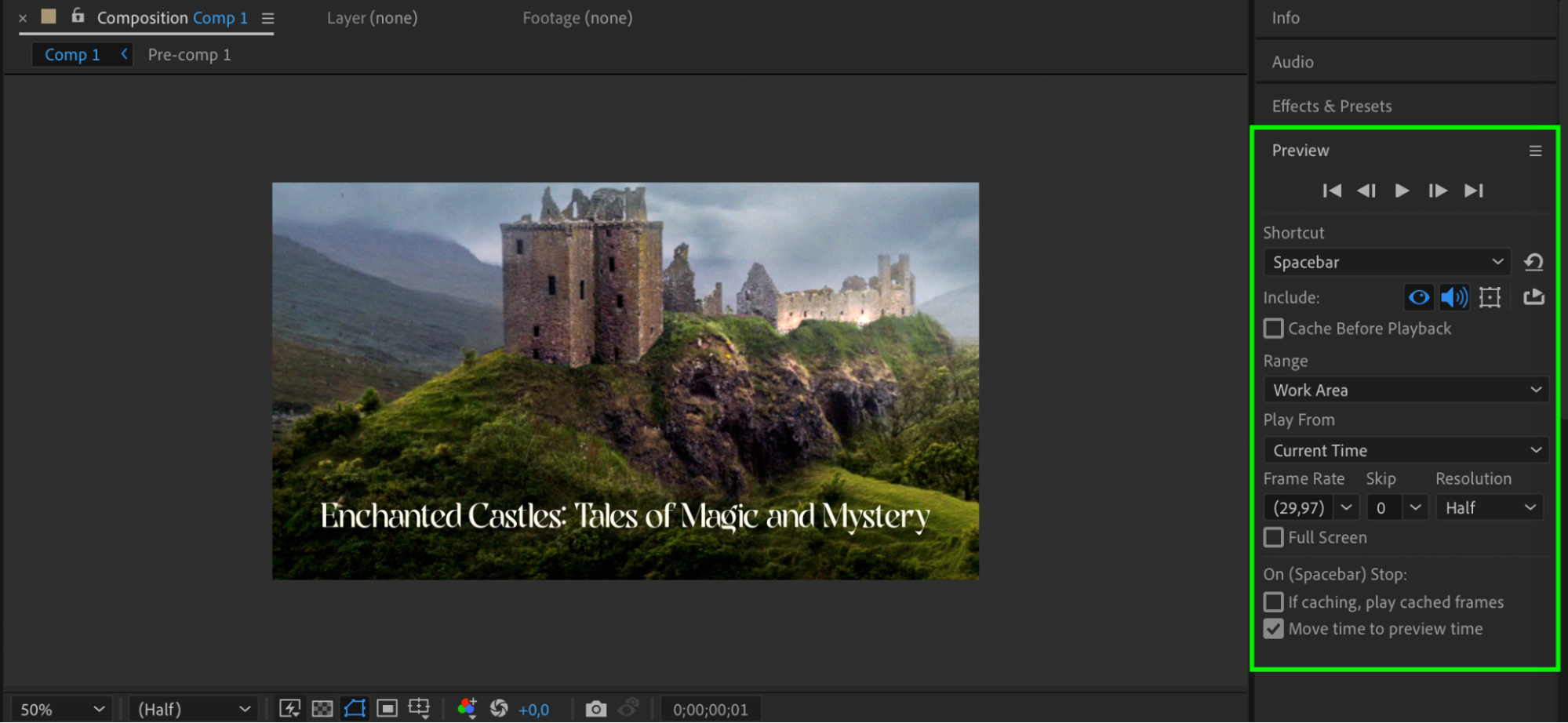
Step 13: Render and Export
When you’re ready to export your video, go to Composition > Add to Render Queue. Set your render settings and output module, then click the Render button. Stay updated with the latest trends, techniques, and features by exploring online tutorials, forums, and design communities.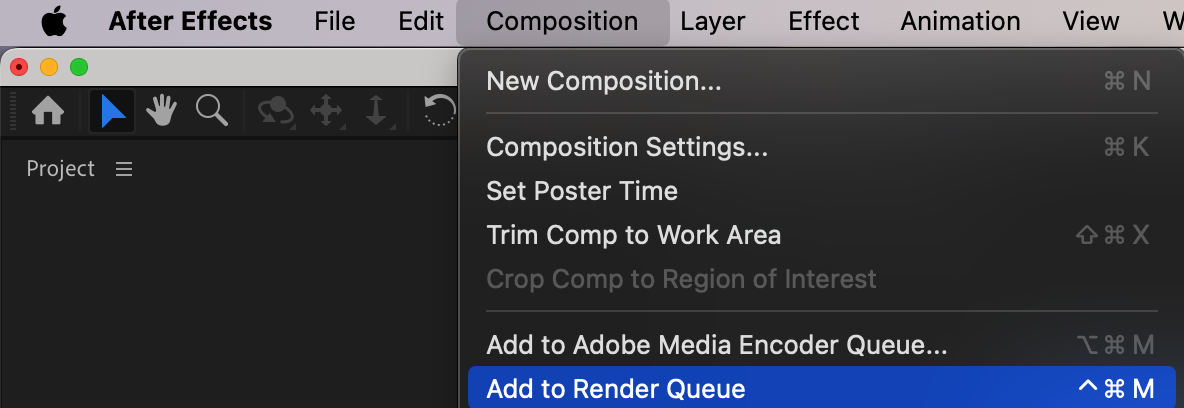
 Conclusion
Conclusion
By following these tips, you’ll be well on your way to creating professional-looking videos using After Effects. Remember to keep experimenting, refining, and pushing your creative boundaries. Happy editing!


